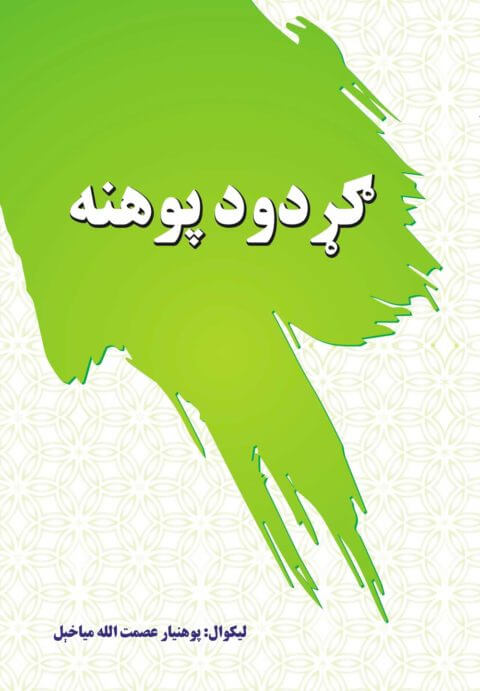
Book Introduction
The fact that language is a system of a series of visual and auditory symbols, and that each system reflects a mental image of us, and that these images in turn capture the human environment and time objects, events and actions, is clear that this environment, time, Things, events, and behaviors are always in transition, or the physical, mental, cultural, and social characteristics of the people themselves may not be identifiable, so that transformation is a linguistic transformation. In other words, it is the source of the diversity of a language, and in a language, this diversity means different forms or customs.
How language is used shows the individual's attitude and behavior towards the society. Misuse of language is a misconduct and proper use indicates the correctness of the behavior. Whoever uses language correctly and sweetly, his behavior must also be polite. Similarly, a person is a civilized and civilized person and is known as an accepted personality. The language, manners and demeanor of a civilized human being are all beautiful and pure. Language is an important, youthful and advanced means of understanding and comprehension (Pashtunzoi, 1: 1).
Most of the languages change because of economic, political, historical and other factors, until most of them disappear. There are many languages that have some basic differences, which we call dialect differences and each of them is called dialect. That is, the language is one, only because of the differences in the dialect of the same language.
The subject of language change is accepted as a fact because the floods of time, different historical stages and circumstances change it. So the answer to why languages change is short.
Pashto is also a language that has embraced changes as a social phenomenon at various stages of history. Formerly (Mirchman) was now (of the enemy). Regarding the Pashto word, it can be said that it is a feature of the language that the name of each tribe is formed by adding (f) to the language name of that tribe. For example, the increase of (f) with (Pakht-Pashto…) improves the Pashto word. The Pashto language does not belong to the Hindi or Persian group. Rather, it is a link between the two branches and is directly separated from the ancient Bactrian or Eric languages, so it is the sister of Sanskrit.
Such as the deletion of the word (y) from (indiki) and repaired (indiko) or (indikho). There is also (Pashto) which is an Aryan or (Eric) language. The Aryans lived in Aryanavejo, a region in Central Asia. That is, around the top of the Pamirs. (Arya) means noble and noble people. (Vijaya) means place. That is to say, the word (place of noble and noble people), (vijah) is still used by the people of Kandahar and means place.
The division of the Dari language does not begin historically when the Indo-Aryans (Bactrian and Persian) are separated from the Indo-Aryan society and begin with special developments. Historical linguistics divides the period of development of the Aryan languages into three stages:
Phase I: This is the age of the ancient Aryan languages, ranging from the separation of Indian languages to the fourth and third centuries BC. Ancient Aryan languages include: Pashto, Zara Persian, Saki, Avesta and others;
Phase II: The Middle Aryan languages date from the 4th and 3rd centuries BC to the 8th and 9th centuries BC. There are written documents and manuscripts in these languages (Middle Persian, Sogdian, Parthian, Middle Pashto, Bactrian). Much of which is attributed to the latter of this phase.
Third stage: Datma, from the ninth century to the present stage, the languages mentioned earlier. This was at a time when the Aryan tribes were living in their homeland and had not migrated before.
In this study of folklore, I have used many examples of Nangarhar sweets. In other words, I have studied the culture on my own. In this article, I have considered all the topics of the curriculum and I have done my best.
I have used 7 best sources in this work. In addition to Pashto, books in Dari and Persian have also been used in these sources. If there is any excess in some places, it will be a typographical error, because man is not free from errors. In some places I have also brought translations of the original source but I have written the address correctly. However, if there is any mistake, I accept it on the forehead.